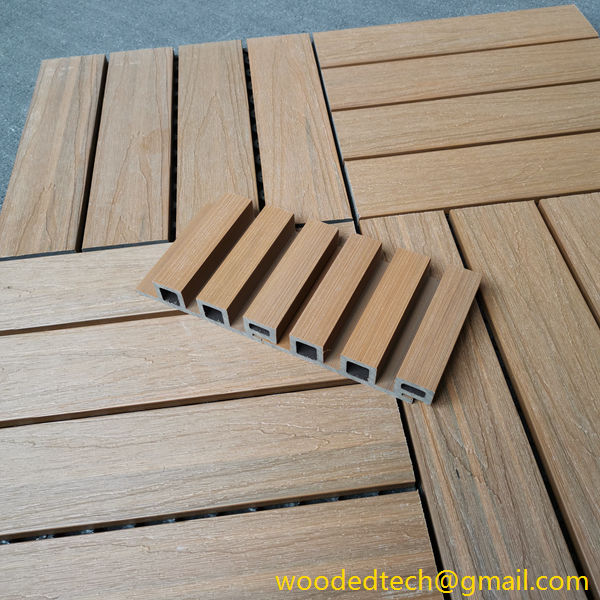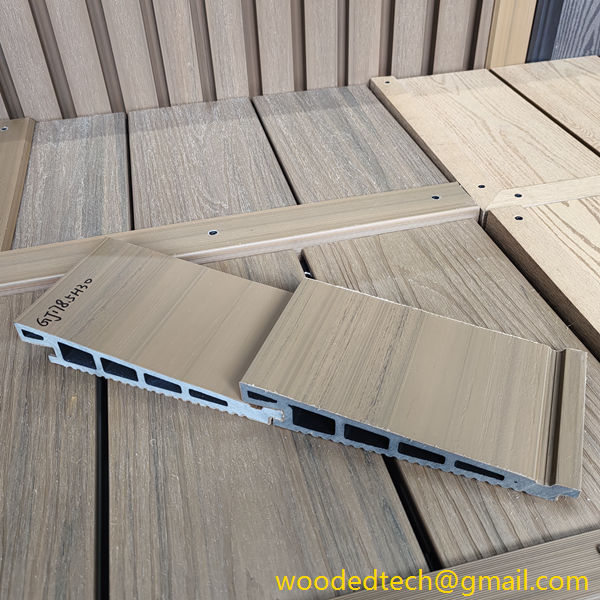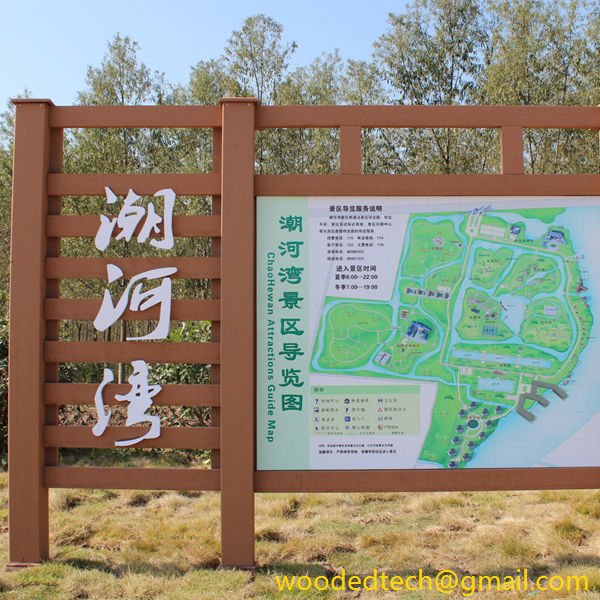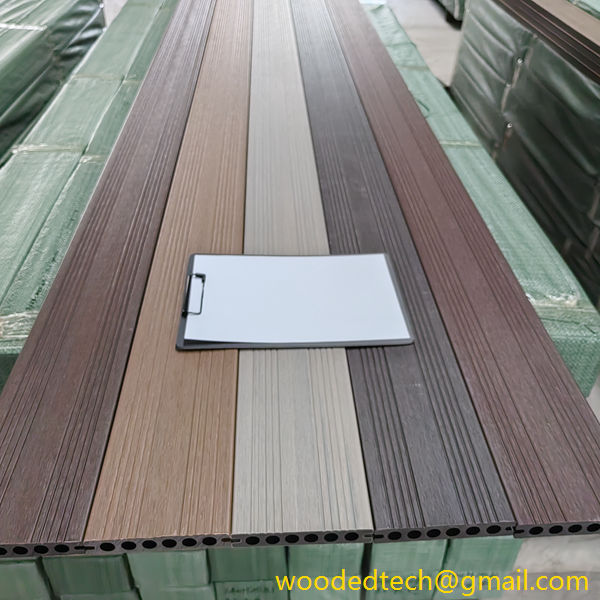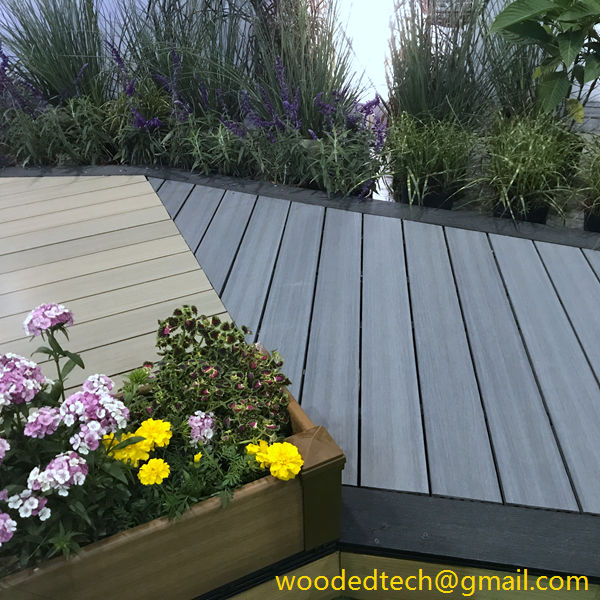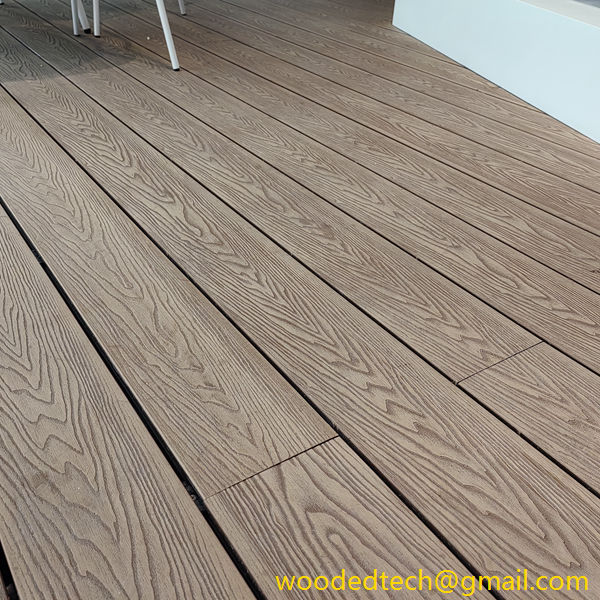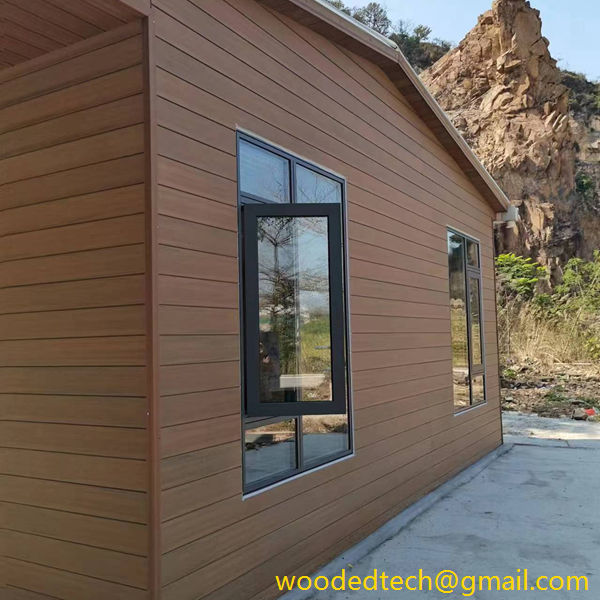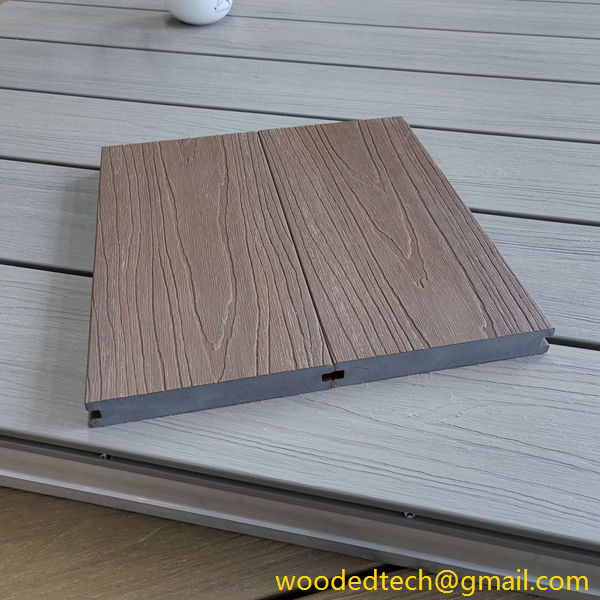WPC Cladding Detail: Explore the Intricate Details of WPC Cladding for Your Project
WPC Cladding Detail: Explore the Intricate Details of WPC Cladding for Your Project In the realm of construction and architectural design, the choice of materials plays a crucial role in determining the aesthetic appeal, durability, and overall performance of a project. One material that has gained significant attention in recent years is Wood Plastic Composite…
WPC Cladding Detail: Explore the Intricate Details of WPC Cladding for Your Project
In the realm of construction and architectural design, the choice of materials plays a crucial role in determining the aesthetic appeal, durability, and overall performance of a project. One material that has gained significant attention in recent years is Wood Plastic Composite (WPC) cladding. Combining the natural beauty of wood with the durability of plastic, WPC cladding offers a versatile and innovative solution for exterior finishes. In this article, we will explore the intricate details of WPC cladding, highlighting its advantages, installation processes, and considerations for your next project.
Understanding WPC Cladding
WPC cladding is composed of a mixture of wood fibers and thermoplastic polymers. This unique combination results in a material that mimics the look and feel of natural wood while providing enhanced resistance to moisture, insects, and environmental wear. The manufacturing process of WPC involves extruding the wood-plastic mixture into boards or panels that can be used as cladding for buildings. This process allows for a wide range of colors, textures, and finishes, making it an appealing choice for architects and designers who seek to create stunning facades.
Advantages of WPC Cladding
One of the most significant advantages of WPC cladding is its low maintenance requirements. Unlike traditional wood cladding, which may require regular staining, sealing, or painting, WPC cladding is resistant to fading and does not rot or warp over time. This characteristic not only saves time and effort in upkeep but also translates to cost savings over the lifespan of the material.
Additionally, WPC cladding is eco-friendly. Many manufacturers utilize recycled materials in their production processes, reducing the environmental impact associated with deforestation and waste. By choosing WPC cladding, builders and homeowners can contribute to sustainable practices while still achieving the desired aesthetic for their projects.
Another key benefit of WPC cladding is its thermal and acoustic insulation properties. The composite nature of the material allows it to provide better insulation than traditional wood, helping to regulate indoor temperatures and reduce energy consumption. Furthermore, WPC cladding can help dampen sound, creating a more peaceful living environment.
Installation Process
The installation of WPC cladding is generally straightforward, making it an attractive option for both professional contractors and DIY enthusiasts. The lightweight nature of WPC materials simplifies handling and reduces labor costs. However, it is essential to follow proper installation guidelines to ensure optimal performance and longevity.
Before installation, it is crucial to prepare the substrate. The surface should be clean, dry, and free from any debris that could hinder adhesion. Depending on the design of the cladding system, a framework of battens or furring strips may be required to provide adequate support and ventilation.
Once the framework is in place, the WPC cladding boards can be fastened using screws, clips, or other securing methods as recommended by the manufacturer. It is essential to leave appropriate gaps between the boards to allow for expansion and contraction caused by temperature fluctuations. Proper ventilation behind the cladding will also help to prevent moisture accumulation, which could lead to mold or mildew growth.
Considerations for Your Project
When selecting WPC cladding for your project, several factors should be taken into account. First and foremost, consider the aesthetic goals of your design. WPC cladding is available in various colors and textures, so choose a finish that complements the overall architectural style of the building. Additionally, consider the environmental factors in your area, such as exposure to UV light, moisture, and temperature extremes, as these will impact the performance of the material.
Another important consideration is the manufacturer’s reputation and the quality of the product. Not all WPC cladding is created equal; therefore, it is crucial to research different brands and read reviews from other customers. Look for products that come with warranties, as this can provide peace of mind regarding the material’s longevity and performance.
Lastly, consider the budget for your project. While WPC cladding may have a higher upfront cost compared to traditional wood, its low maintenance requirements and durability can lead to long-term savings. It is essential to weigh the initial investment against the anticipated lifecycle costs when making your decision.
Conclusion
In conclusion, WPC cladding offers a compelling combination of beauty, durability, and sustainability for modern architectural projects. Its low maintenance requirements, eco-friendly properties, and excellent thermal and acoustic insulation make it an attractive choice for builders and homeowners alike. By understanding the intricacies of WPC cladding, including its installation process and key considerations, you can make an informed decision that enhances the performance and aesthetic appeal of your project. As the demand for innovative building materials continues to grow, WPC cladding stands out as a forward-thinking solution that meets the needs of both the environment and design.

